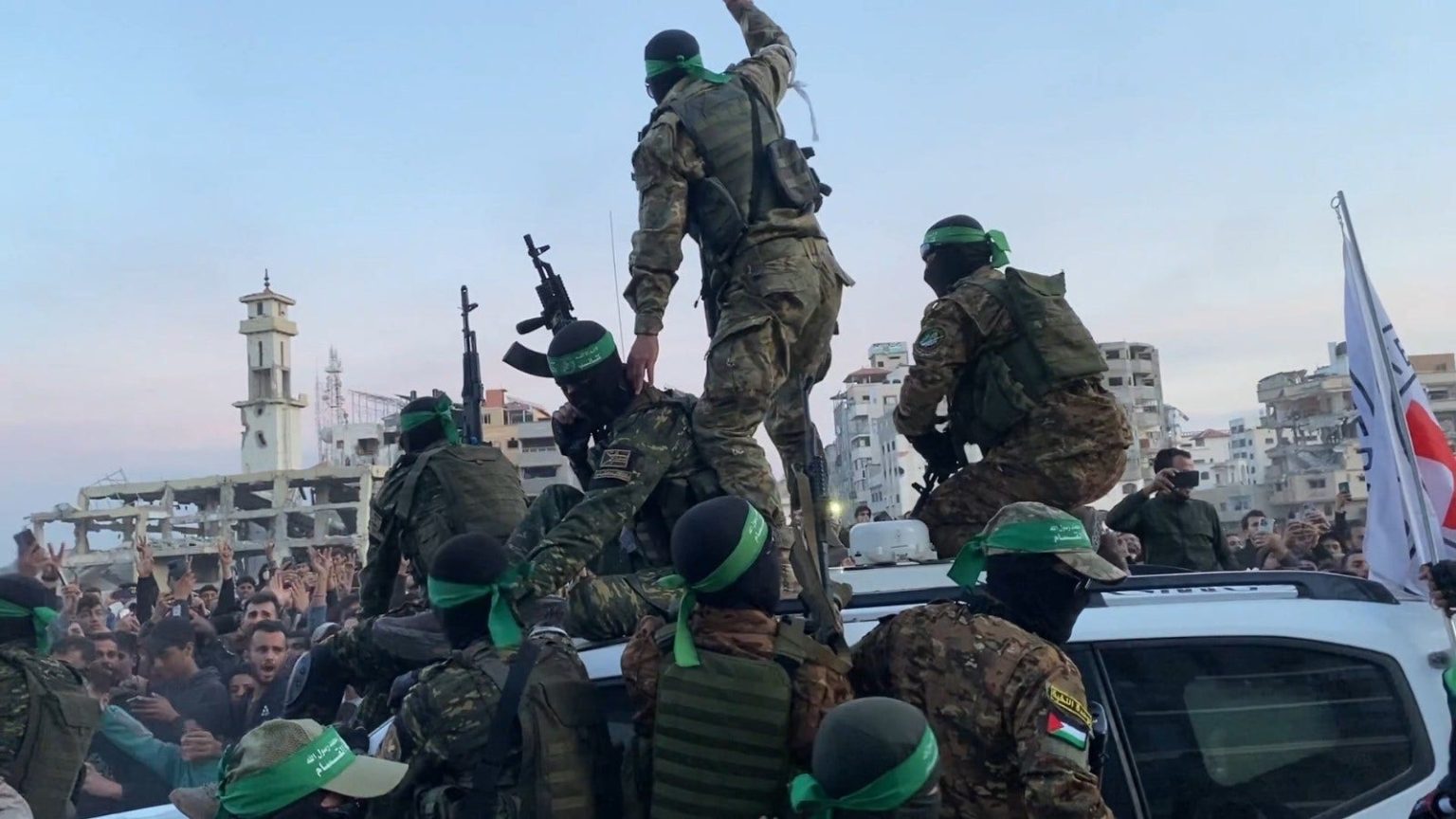The recent cease-fire agreement between Israel and Hamas, while securing the release of several Israeli hostages, has been met with a mixture of relief and deep concern. Celebrations erupted in Gaza amongst armed Hamas members, highlighting the stark contrast between the perceived victory by the terrorist organization and the somber recognition in Israel of the difficult concessions made. The jubilant chants of continued jihad against Israel underscored the precarious nature of the peace and the ongoing threat posed by Hamas. The release of nearly 2,000 convicted Palestinian terrorists, a key component of the deal, has raised fears that Hamas will not only reconstitute its forces but also escalate its attacks in the future, as reaffirmed by statements from Hamas leadership.
The agreement, brokered under intense international pressure, has been criticized as effectively preventing Israel from fully dismantling Hamas’s infrastructure and achieving a decisive victory. While the immediate priority was the repatriation of hostages held captive for over a year, the long-term implications of the deal have sparked significant debate. Some military experts warn that the agreement emboldens Hamas and allows it to regroup in northern Gaza, an area crucial for launching attacks against Israel. This concern is further amplified by Hamas’s stated intention to continue its fight until Israel’s annihilation, suggesting that the cease-fire is merely a temporary reprieve in the ongoing conflict.
Despite the significant military gains made by Israel against Hamas and other Iranian-backed proxies, the cease-fire deal has been described as a “very bad deal” by some analysts. The release of a large number of convicted terrorists, coupled with Israel’s withdrawal from Gaza, essentially empowers Hamas and reinforces its position as a dominant force in the region. This surrender to Hamas’s demands, while rescuing hostages, sets a dangerous precedent and potentially encourages future hostage-taking as a leverage tactic against Israel. The deal underscores the limitations imposed on Israel by international pressure and the complex geopolitical landscape in which it operates.
Hamas’s boastful pronouncements following the cease-fire, particularly regarding the October 7 massacre and their plans to replicate such atrocities, reveal the organization’s unrelenting hostility towards Israel. Their vow to continue the “path of Jihad” until Israel’s complete eradication leaves little doubt about their ultimate objective. The cease-fire, from Hamas’s perspective, appears to be a strategic maneuver to consolidate power, replenish its ranks, and prepare for future offensives. The celebratory mood in Gaza, combined with these declarations of continued violence, paints a grim picture of the future and underscores the fragile nature of the current peace.
The deal’s long-term ramifications for regional stability remain uncertain. While the immediate release of hostages offers a glimmer of hope, the concessions made by Israel create a fertile ground for Hamas to rebuild its military capabilities and potentially escalate the conflict. The release of hardened terrorists, some serving life sentences, poses a clear and present danger to Israel’s security. The agreement, while necessary to secure the hostages’ freedom, represents a setback in Israel’s fight against terrorism and could embolden other extremist groups in the region. The international community’s pressure on Israel, though intended to mitigate the conflict, arguably contributed to a less favorable outcome for the Jewish state.
The underlying tension between the immediate need to rescue hostages and the long-term strategic implications of the deal has created a complex dilemma for Israel. While the government prioritized the return of its citizens, the concessions made may ultimately strengthen Hamas and prolong the cycle of violence. The jubilant scenes in Gaza, coupled with Hamas’s pronouncements of future attacks, suggest that the cease-fire is a temporary pause rather than a genuine step towards lasting peace. The coming months will be crucial in determining whether this agreement serves as a stepping stone towards a more stable future or merely a prelude to a further escalation of the Israeli-Palestinian conflict.

